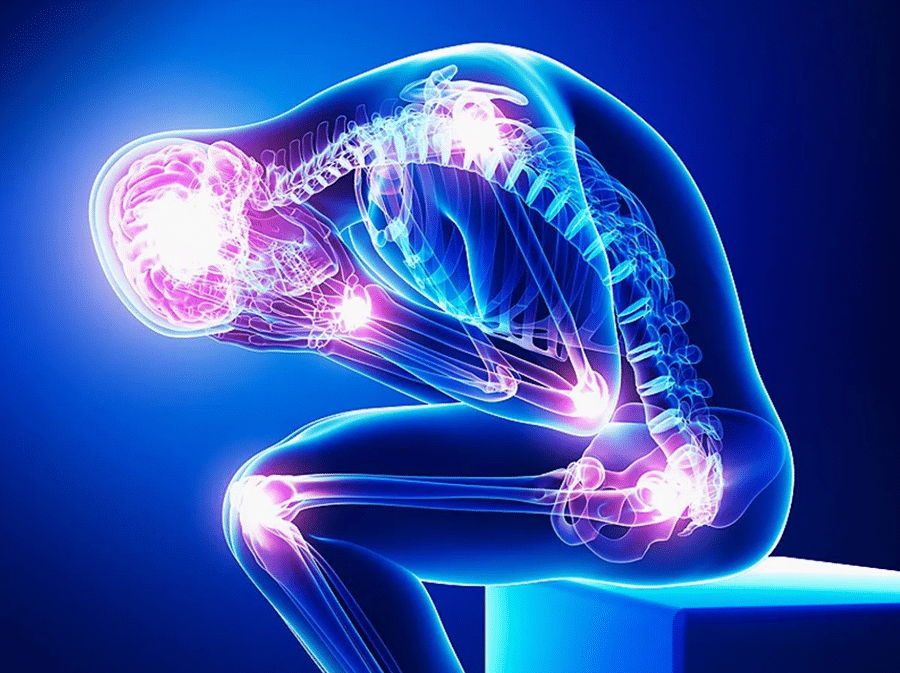The first things that probably come to mind regarding muscle growth are protein shakes, barbell lifts, and maybe even steroid injections. While these are the go-to strategies for many, a vital component often gets overshadowed: eating greens. This post explores the unrecognized role of greens like spinach, kale, and broccoli in building muscle mass. Contrary to popular belief, greens offer more than just vitamins and fiber; they can be pivotal in your muscle-building journey. This article will break down the science of how greens contribute to muscle growth, dispel myths surrounding proteins, and offer practical advice for incorporating greens into your diet.
Contents
The Importance of Muscle Growth

Muscle growth serves various purposes, transcending beyond the simplistic notion of bulking up for aesthetic reasons. Muscle tissues actively contribute to overall metabolic rates, meaning the more muscle mass one has, the higher the calorie-burning potential. Muscle strength is crucial for functional living, from lifting grocery bags to maintaining posture. These multifaceted benefits make muscle growth an essential aspect of holistic health.
Understanding the role of diet in muscle growth is pivotal. While exercise regimes, supplements, and lifestyle choices play vital roles, the foods consumed act as the building blocks for muscle tissue. The right nutrients facilitate quicker muscle recovery and promote efficient growth. This brings us to an important question: Is protein the only macronutrient essential for muscle development?
The Misconception of Proteins

Protein has long been championed as the Holy Grail of muscle building, which has led to an industry rife with protein supplements and high-protein diets. However, focusing solely on protein can be a myopic approach. While proteins contribute to muscle repair and growth, they aren’t the only nutrient responsible for such benefits. Exploring other nutrients and their potential contributions to muscle development is crucial to get a well-rounded picture.
The overemphasis on protein also encourages consumption from various sources, including meat, that might be high in unhealthy fats and cholesterol. This narrow focus can deprive one’s diet of other essential nutrients instrumental to muscle growth. As a result, it is critical to move beyond the protein-centric view and investigate other food groups that can offer a balanced nutritional profile. This sets the stage for introducing the unexpected hero in muscle growth: greens.
Nutritional Components of Greens

Images of bland salads or detox smoothies might flood the mind when one thinks of greens. However, greens such as spinach, kale, and collard greens are nutritional powerhouses offering many benefits. One of the critical components found in greens is iron, essential for transporting oxygen in the blood. The more efficiently oxygen is transported to muscle tissues, the better they can perform and grow.
Apart from iron, greens are also rich in calcium and magnesium. While calcium plays a role in muscle contraction, magnesium is essential for muscle relaxation. This contraction-relaxation cycle is fundamental for effective workouts, subsequently aiding muscle growth. The presence of these minerals makes greens not only a nutritious choice but a strategic one for anyone serious about muscle development.
Greens and Antioxidant Benefits

Regarding muscle recovery, antioxidants found in greens can be a game-changer. Fruits like blueberries often steal the spotlight for their antioxidant properties, but greens like spinach and kale are also rich in these vital compounds. Antioxidants work by neutralizing free radicals, unstable molecules that can cause oxidative stress and inflammation in the body. In the context of muscle growth, oxidative stress can slow down the recovery process, thus hampering muscle development.
One cannot overlook the role of quick recovery in muscle growth. Muscles recovering faster post-exercise reduces the time needed between workouts, enabling more frequent and effective training sessions. Antioxidants in greens can support faster muscle recovery and less muscle fatigue, thereby accelerating the muscle growth cycle. Given these benefits, greens should be an integral part of any diet aimed at muscle growth.
Fiber and Muscle Health

Fiber is yet another component that elevates the importance of greens in muscle building. Found abundantly in foods like broccoli, spinach, and kale, fiber aids digestion and helps absorb nutrients. When your digestive system functions optimally, your body can better assimilate the nutrients essential for muscle growth, including proteins and carbohydrates.
Furthermore, fiber also helps regulate blood sugar levels, crucial for maintaining energy balance during workouts. A steady energy level allows for more prolonged and intense exercise sessions, essential for muscle growth. Given fiber’s various roles—from aiding digestion to helping regulate energy levels—it becomes clear that greens are not just side dishes but main players in the muscle-building game.
Greens as a Low-Calorie Option

While building muscle often involves a higher caloric intake to fuel workouts and recovery, it’s crucial to achieve this without excessive calorie consumption that could lead to fat gain. This is where greens offer a significant advantage. Foods like spinach, kale, and lettuce are low in calories, making them excellent options for those looking to build muscle without gaining unwanted weight.
Adding greens to your diet allows you to consume essential nutrients and fiber without significantly increasing your caloric intake. This creates a caloric balance conducive to muscle growth. Since excessive calorie consumption can lead to fat accumulation, greens provide a way to optimize your nutrient intake strategically.
The Bottom Line
This article has demonstrated that greens offer much more than a colorful addition to your plate. Greens can play a significant role in your muscle-building journey, from being rich in essential nutrients like iron, calcium, and magnesium to providing antioxidant benefits for quicker muscle recovery. Even the fiber content in greens has a multipronged advantage, aiding digestion and providing sustained energy for more effective workouts. In a world where protein has long held the spotlight for muscle growth, perhaps it’s time to let greens share the stage. So, the next time you plan your meals or consider what to add to your workout smoothie, don’t forget to go green. Add more greens to your diet today for better muscle growth and overall health.


